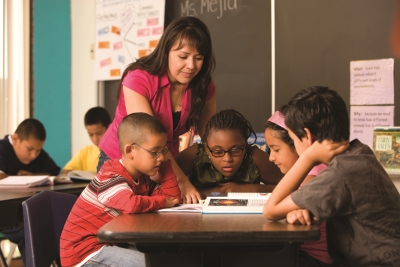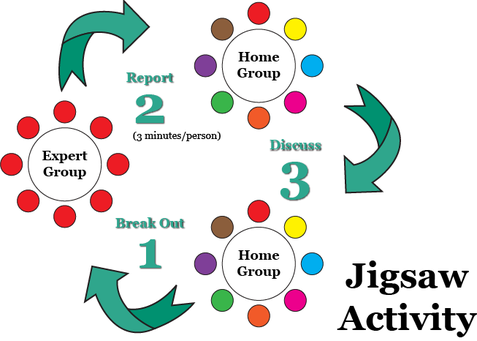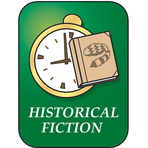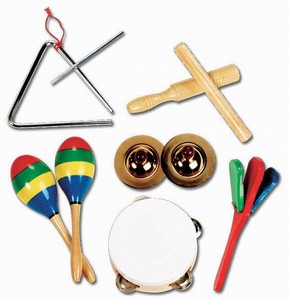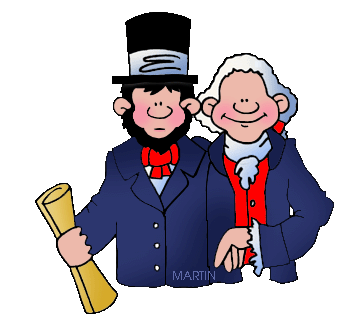What is a Jigsaw?
A jigsaw is a cooperative learning strategy that allows students to form "home groups" and then one to two students break off and form a new groups, also known as "experts". In their expert groups, the students read their selected section of of a difficult text. There may be a worksheet that the teacher would require the students to fill out. The experts then break off and return to their home groups and report back on the key information they learned. "This process scaffolds the learning of English learners because in both groups they are working with other to understand the text. Some classmates may have more background information on the topic (Echevarria, Vogt, Short, 2014)."
Jigsaw in the classroomSecond grade classroom in Evanston, Illinois
This example shows in detail what it is like to use a jigsaw in the classroom and how it looks. It shows how the students process the information and become experts in their groups then be the 'teacher' to their home group members. |
WHy use a jigsaw?
|
Implementation tips
- Have the content/material broken into sections prior to meeting with the class and setting up jigsaw groups. Make sure that each section or content can stand alone and doesn’t need the other sections in order to be understood.
- It may be important to select the students in each “expert” and jigsaw groups as it may be valuable to differentiate the learners within the “expert” groups, so there are varied learning styles and strengths within each group.
- Don’t limit jigsaws to reading/analyzing text. You can also support student’s learning and process by providing other ways to access research material such as educational websites that the students can research and/or adding visual content through video or realia (Enome, 2015).
Visual aid for understanding how a jigsaw works
Image Link
To further explain this visual, it starts in break out 1, where the students get into groups, in which they call expert groups. The students then discuss with one another their focused topic. After the expert groups are finished, they break out to a home group, where they report their learning to the new students, who were also in expert groups, where they share their findings as well. Students then discuss after listening to the reports from the expert group in their home group. This strategy helps reinforce learning by making students in charge of what they know and the depth to which they comprehend it.
Use a JIgsaw for different content areas
|
Literacy -
Students would read a historical fiction about American Independence. The book that they would read is a story about a young girl named Emma during the time period of May 1774 – July 1776. The book is written in journal-entry from and as part of the analysis of the text, each “expert” group reads 1-2 journal entries and summarizes the plot line as well as analyzing important information they have learned about the historical period and lifestyle of the times. The “expert” then shares what he/she has learned with the jigsaw group. This gives background to the other groups about what happened that they might have missed within the story. |
Music -
Students are learning about various instruments used in different cultures. They would break into expert groups and each expert group would have access to the instrument and research material about the instrument. Students then use a note-taking form to gather basic information about the instrument in a notebook. Once students have become “experts” on their instrument, they meet with their jigsaw group and share what they have learned about their instruments. |
|
(Enome, 2015)
References
Echevarria, J., Vogt, M., & Short, D. J. (2014). Making Content Comprehensible for Elementary English Learners: The SIOP Model. Pearson.
Echevarria, J., Ellen, M., & Short, D. (2015). SIOP® 8 Components and 30 features. Retrieved September 22, 2015, from http://esol.leeschools.net/SIOP/pdf/SIOP 8.pdf
Enome. (2015). Jigsaw. Retrieved September 22, 2015, from https://goalbookapp.com/toolkit/strategy/jigsaw
Images from: Children ready for school - Google Search. (n.d.). Retrieved September 20, 2015.
Images from: Jigsaw in reading - Google Search. (n.d.). Retrieved September 20, 2015.
Image Links are listed around or by clicking on the picture itself
Jigsaw. (2012, February 1). Retrieved September 21, 2015, from https://www.youtube.com/watch?t=24&v=mtm5_w6JthA
Jigsaw. (2012). Retrieved September 21, 2015, from http://www.readingrockets.org/strategies/jigsaw
Echevarria, J., Ellen, M., & Short, D. (2015). SIOP® 8 Components and 30 features. Retrieved September 22, 2015, from http://esol.leeschools.net/SIOP/pdf/SIOP 8.pdf
Enome. (2015). Jigsaw. Retrieved September 22, 2015, from https://goalbookapp.com/toolkit/strategy/jigsaw
Images from: Children ready for school - Google Search. (n.d.). Retrieved September 20, 2015.
Images from: Jigsaw in reading - Google Search. (n.d.). Retrieved September 20, 2015.
Image Links are listed around or by clicking on the picture itself
Jigsaw. (2012, February 1). Retrieved September 21, 2015, from https://www.youtube.com/watch?t=24&v=mtm5_w6JthA
Jigsaw. (2012). Retrieved September 21, 2015, from http://www.readingrockets.org/strategies/jigsaw

